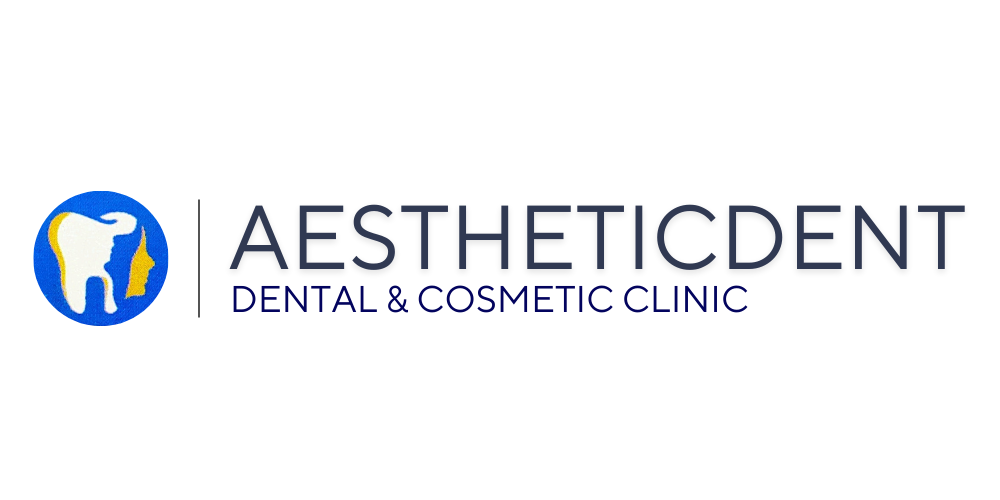Whitening, or “tooth bleaching”, is the most common cosmetic dental procedure. Whitening is a safe process that is effective for most patients. Multiple whitening options are available, including over the counter products such as Crest Whitestrips, as well as dentist-supervised methods such as in-office treatments or at-home treatments involving trays with a peroxide gel.
Laser whitening is a teeth whitening technique in which gums are covered with a rubber dam and a bleaching chemical is applied to the teeth. A beam of argon laser, which is intended to accelerate the process of bleaching, is then projected upon the teeth. This laser activates the bleaching chemical and lightens the teeth colour. Laser whitening is said to be six times more effective in teeth whitening compared to other procedures.
.
Strips and gels
The plastic whitening strips contain a thin layer of peroxide gel and are shaped to fit the buccal/labial surfaces of teeth. Many different types of whitening strips are available on the market, after being introduced in the late 1980s. Specific whitening strip products have their own set of instructions however the strips are typically applied twice daily for 30 minutes for 14 days. In several days, tooth colour can lighten by 1 or 2 shades.The tooth whitening endpoint does depend on the frequency of use and ingredients of the product.
Whitening gels are applied onto the tooth surface with a small brush. The gels contain peroxide and are recommended to be applied twice a day for 14 days. The tooth whitening endpoint is like that of the whitening strips.
Rinses
Whitening rinses work by reaction of the oxygen sources such as hydrogen peroxide within the rinse and the chromogens on or within the tooth It is recommended to use twice a day, rinsing for one minute. To see an improvement in shade colour, it can take up to three months.
Toothpastes
Whitening toothpaste differs from regular toothpaste in that they contain higher amounts of abrasives and detergents to be more effective at removing tougher stains Some whitening toothpaste contain low concentrations of carbamide peroxide or hydrogen peroxide which help lighten tooth colour however they do not contain bleach With continuity of use over time, tooth colour can lighten by one or two shades.
Tray-base
Tray-based tooth whitening is achieved by wearing a fitted tray containing carbamide peroxide bleaching gel overnight or for two to four hours a day. If the manufacturer’s instructions are followed, tooth whitening can occur within three days and lighten teeth by one or two shades.This type of tooth whitening is available over-the-counter and professionally from an oral health professional.
Baking sod
Baking soda is a safe, low abrasive, and effective stain removal and tooth whitening toothpaste. Tooth whitening toothpaste that has excessive abrasivity is harmful to dental tissue, therefore baking soda is a desirable alternative. To date, clinical studies on baking soda report that there have been no reported adverse effects. It also contains acid-buffering components that make baking soda biologically antibacterial at high concentrations and capable of preventing the growth of Streptococcus mutants. Baking soda might be useful for caries-prone patients as well as those who wish to have whiter teeth
Indications
Tooth whitening may be undertaken for a variety of reasons, but whitening may also be recommended to some individuals by dental professionals.
- Intrinsic tooth staining
- Aesthetics
- Dental fluorosis
- Endodontic treatment (internal bleaching)
- Tetracycline staining



